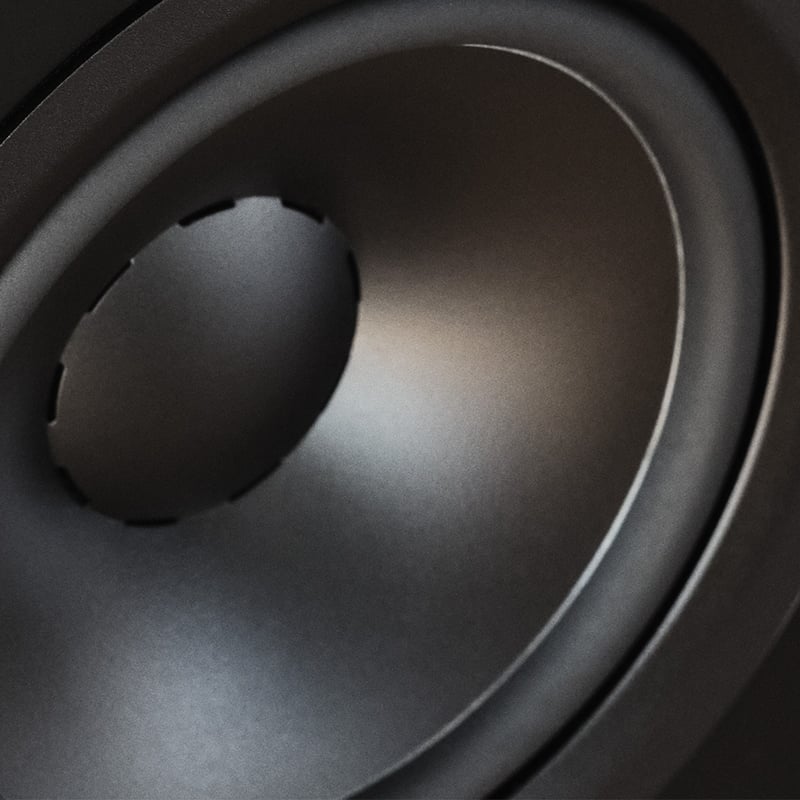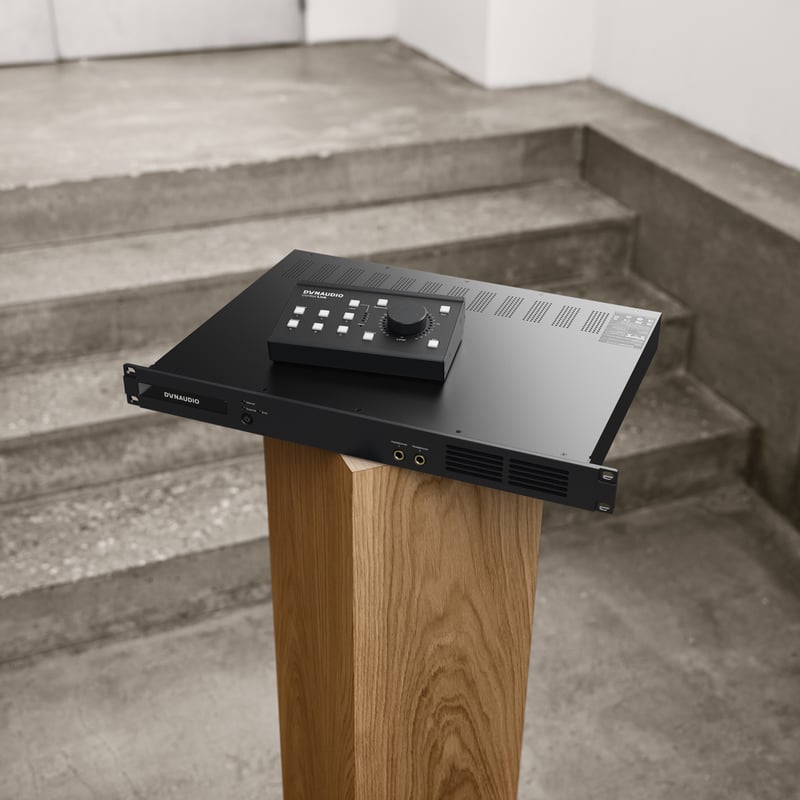1. "Unveiling the Origins and Meaning of Lorem Ipsum"
2. "The Role of Lorem Ipsum in Web Design and Development"
3. "Boosting Website Design with Lorem Ipsum: Best Practices"
4. "How to effectively use Lorem Ipsum in Content Creation"
5. "Lorem Ipsum: The Ultimate Tool for Testing Website Layouts and Typography"
Buying new speakers buys you a new music collection. When I first heard Confidence I felt an almost physical need to listen to all my music again. All of it.
Otto Jørgensen, Product Manager
Modern streaming services – TIDAL, Spotify, Apple Music et al – are the culmination of two decades of cutting-edge technological achievements, evolution and iteration. Their architects have unpacked and developed audio file formats, delivery platforms and smart algorithms, and sharp-eyed businesspeople have converted that vision into the subscription models we know today.
MP3 was the first strand to arrive. The end result of years of research into lossy algorithms, MP3 could approximate lossless audio (WAV; AIFF) but required a fraction of the storage space. And as people ventured on to the internet in increasing numbers at the tail end of the 1990s, MP3 heralded the dawn of a music revolution.
A new level of high-end listening
Nothing compares to the satisfaction of knowing – for a fact – that something is as good as it gets.
Sit back in your chair and listen, secure in the certainty that every detail of the speakers in front of you is dedicated to revealing every detail of the music they’re playing. Close your eyes and be delighted.
Confidence means pure performance.
It’s the best speaker range Dynaudio has ever produced, and it’s packed with science specifically developed to honour art. Brand-new drivers – including the mighty new Esotar3 tweeter – combine with a precision composite baffle, innovative cabinet design and optimised crossover to create the most advanced passive speaker in our history. (Something you can learn more about in our six-part podcast series on the new Confidence).
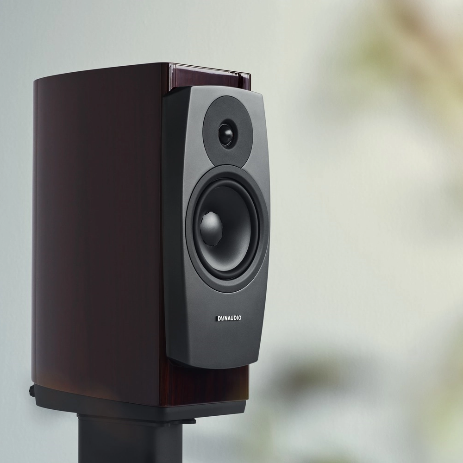
Modern streaming services
Nothing compares to the satisfaction of knowing – for a fact – that something is as good as it gets.
Sit back in your chair and listen, secure in the certainty that every detail of the speakers in front of you is dedicated to revealing every detail of the music they’re playing. Close your eyes and be delighted.
Confidence means pure performance.
It’s the best speaker range Dynaudio has ever produced, and it’s packed with science specifically developed to honour art. Brand-new drivers – including the mighty new Esotar3 tweeter – combine with a precision composite baffle, innovative cabinet design and optimised crossover to create the most advanced passive speaker in our history. (Something you can learn more about in our six-part podcast series on the new Confidence).
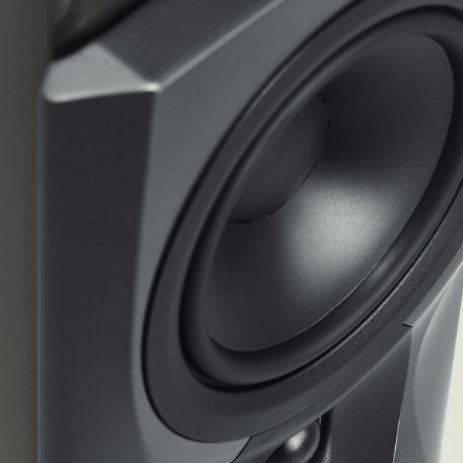
The history of music technology is peppered with breakthroughs that freed people from constraints. Radio meant no longer physically having to go to a live performance if you wanted to listen to music. Vinyl gave people the option of playing records they owned rather than being stuck listening to whatever was on the radio at the time. Then cassettes made a personal music collection portable, so you could listen to it anywhere.
We’re now deep in the digital era, untangling recorded music’s historical link with physical media – and things are changing at speed. Just 15 years ago, people were excited to own a device the size of a deck of cards that stored a thousand songs. Now, countless pieces of internet-connected hardware offer instant access to tens of millions of music tracks.
Modern streaming services – TIDAL, Spotify, Apple Music et al – are the culmination of two decades of cutting-edge technological achievements, evolution and iteration. Their architects have unpacked and developed audio file formats, delivery platforms and smart algorithms, and sharp-eyed businesspeople have converted that vision into the subscription models we know today.
MP3 was the first strand to arrive. The end result of years of research into lossy algorithms, MP3 could approximate lossless audio (WAV; AIFF) but required a fraction of the storage space. And as people ventured on to the internet in increasing numbers at the tail end of the 1990s, MP3 heralded the dawn of a music revolution.
.png)
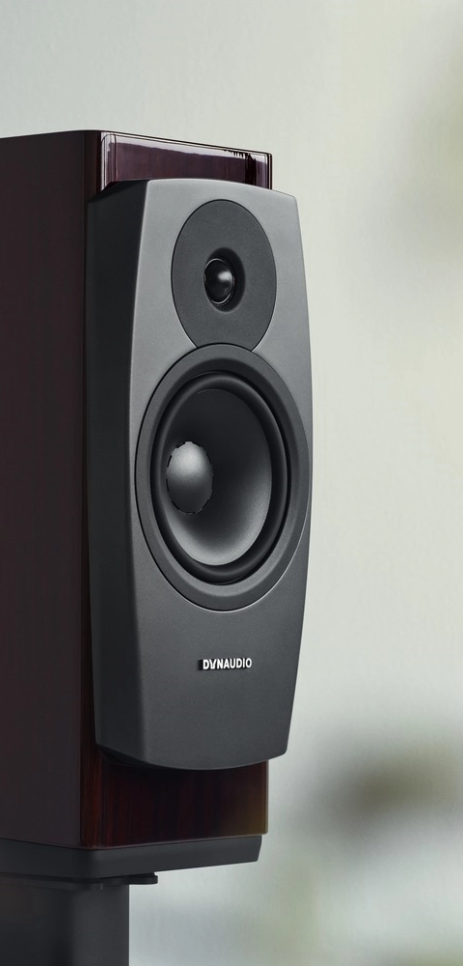
.png)
.png)
Sign up to get more great articles
Nothing compares to the satisfaction of knowing – for a fact – that something is as good as it gets




